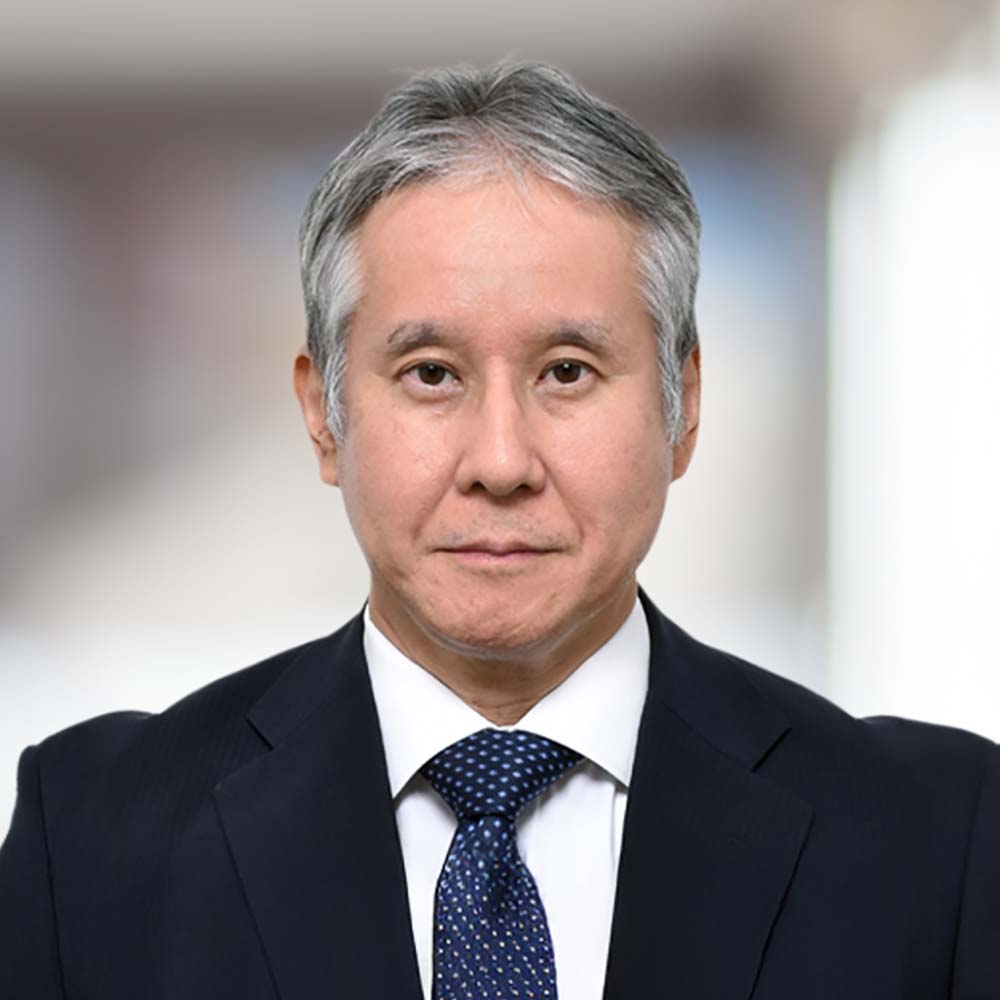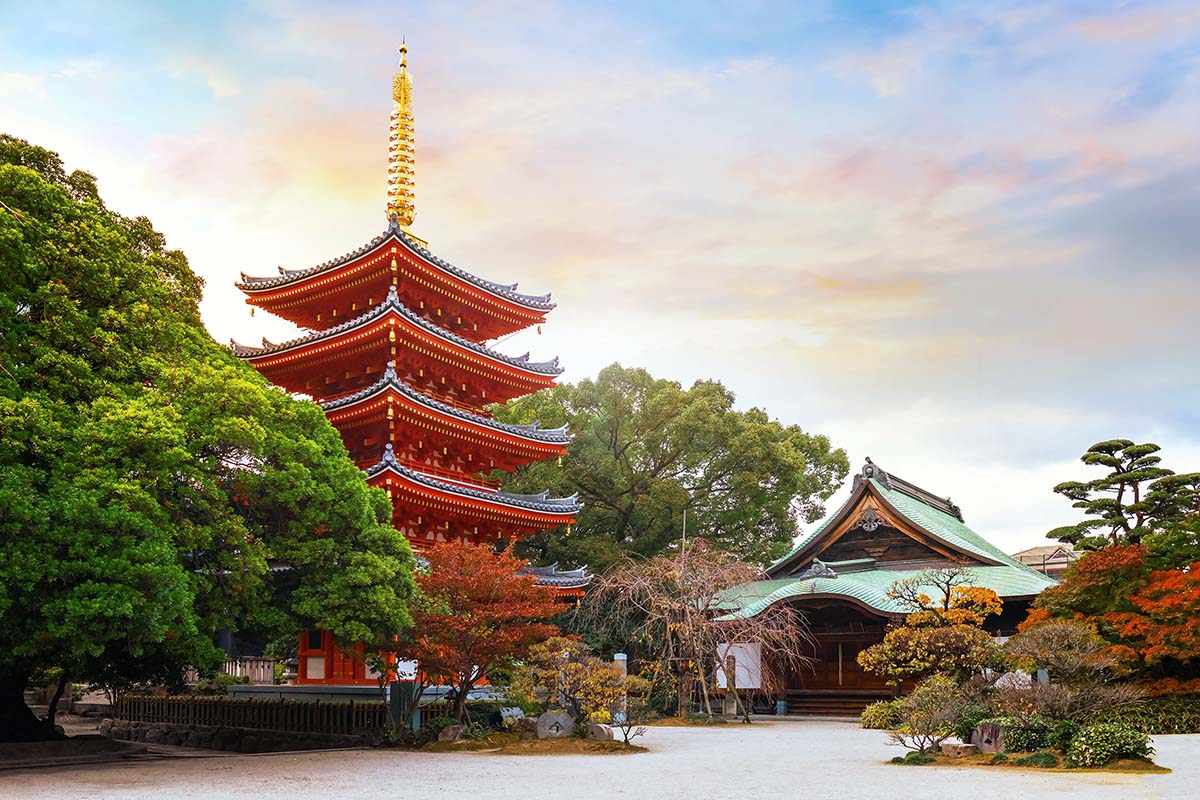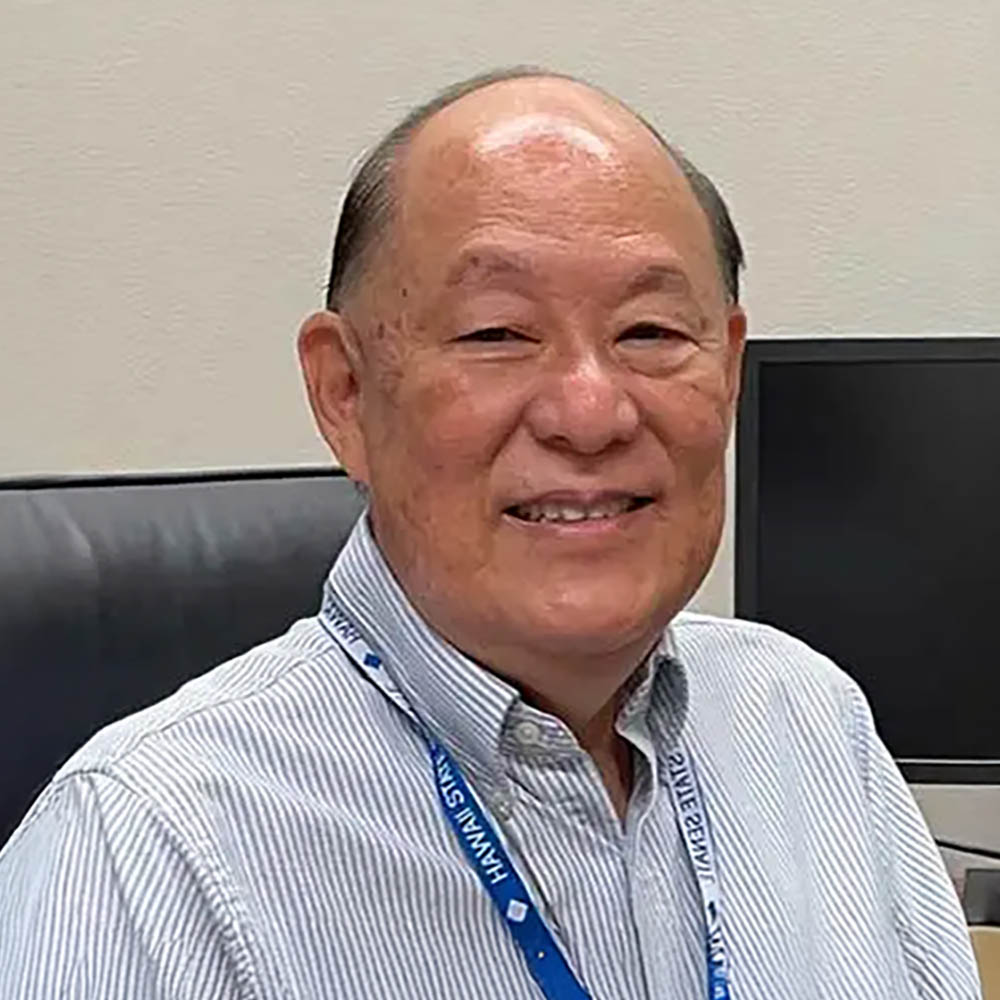Long before Hawaii became a U.S. state or Japan an economic superpower, the destinies of these Pacific neighbors were already intertwined. As early as the 19th century, waves of Japanese immigrants arrived to work on Hawaii’s plantations, laying the foundation for one of the richest cultural and economic relationships in the Indo-Pacific. So strong were these ties that in the late 1800s, Princess Kaʻiulani of Hawaii was considered for marriage to a Japanese prince, a royal union that never came to be, yet still symbolized the deep mutual respect between the two kingdoms.
Despite the scars of the 1940s, the bond not only endured, it evolved. Today, that relationship continues to flourish, powered by diplomacy, trade, culture, and a shared sense of identity. This year marks the 80th anniversary of the end of the Second World War, a significant milestone that reminds us of the importance of conflict reconciliation and the enduring peace built on mutual understanding.
A Living Bridge Between Cultures
“Hawaii is more than just a strategic location in the Indo-Pacific. It is a powerful symbol of reconciliation, friendship, and shared values,” said Consul General Yoshinori Kodama. Hawai’i is home to one of the largest Japanese American populations in the United States, and the impact of this community is visible in every facet of island life. Names like Daniel K. Inouye, the first Japanese American to serve in the U.S. Senate, and George Ariyoshi, the first Japanese American governor in U.S. history, remind us how deeply rooted this heritage is. Japanese Americans also helped build iconic Hawaiian brands like Big Island Candies and Hawaiian Host, testaments to entrepreneurship born at the crossroads of two cultures.
Governor Josh Green, who has made strengthening international partnerships a cornerstone of his administration, highlighted the relationship’s defining characteristics: “What makes the relationship between Hawai’i and Japan extraordinary is our shared values and a collaborative vision for the future, prioritizing our people, place and culture. From heritage and education to sustainability and innovation, this partnership is built to last.” His diplomatic engagement with Japan has been both strategic and personal, recognizing that Hawaii’s multicultural identity positions it uniquely as a bridge between East and West.
What makes the relationship between Hawai’i and Japan extraordinary is our shared values and a collaborative vision for the future, prioritizing our people, place and culture.
Yoshinori Kodama, Consul General of Japan in Honolulu
From Policy to Practice
To sustain and grow this connection, Governor Green and Consul General Kodama signed the Action Plan for Facilitating the Entry of Visitors to Hawaii in February 2025, streamlining travel through programs like Global Entry and Mobile Passport Control. The diplomatic momentum had been building since September 2024, when Governor Green traveled to Fukuoka and signed a memorandum of understanding called One Health, which promotes mutual advancement in human, social, environmental and animal well-being. This agreement has become a major component of the Hawai’i-Japan Sister Summit scheduled for Honolulu in May 2026.
Multi-Sector Collaboration
The partnership’s strength also lies in its diversity. Consul General Kodama points to several key areas where cooperation continues to deepen: new Japan-led investment projects, climate resilience through collaboration with the Hawaii Emergency Management Agency, and sustainable energy partnerships with organizations like the Pacific International Center for High Technology Research. The Kibou for Maui initiative exemplifies this collaborative spirit, bringing Japan’s post-disaster recovery experience from Tohoku to support Maui’s wildfire recovery.
Mitchell Dodo, president of the Japanese Chamber of Commerce & Industry of Hawai’i (JCCIH), sees expansive opportunity: “We provide a platform for collaboration in sectors where our strengths align: tourism, renewable energy, agriculture, and technology.” For nearly 75 years, JCCIH has served as a vital connector, and its current priorities reflect both Hawaii’s needs and Japan’s complementary strengths, from renewable energy projects leveraging Japan’s advanced technologies to workforce development programs equipping the next generation with cross-cultural awareness.
We provide a platform for collaboration in sectors where our strengths align: tourism, renewable energy, agriculture, and technology.
Josh Green, Governor of Hawaii
The relationship extends into strategic cooperation as well. The Japan-U.S. Alliance serves as the cornerstone of peace and security in the Indo-Pacific, and Hawaii’s role as home to U.S. Indo-Pacific Command creates invaluable opportunities for collaboration. Events such as the JUMP Reception and visits by the Japan Maritime Self-Defense Force training squadron build the mutual trust that underpins the alliance. The partnership has matured to include joint efforts in cyber defense, space, and advanced technologies.
Community and Youth Engagement
Beyond formal agreements, the relationship thrives through grassroots community engagement. The Consulate General maintains close communication with local governments, businesses, and academic institutions. Governor Green emphasizes ongoing initiatives that foster everyday connections: youth and educational exchange programs, cultural events, and engagement with organizations like the East-West Center and the Japan-America Society of Hawai’i.
One of the most enduring people-to-people connections spans more than seven decades: the relationship between the U.S. Army’s Wolfhounds, the Peace Bridge Foundation, and the Holy Family Home orphanage in Osaka. What began in the aftermath of war has grown into a symbol of friendship, reconciliation and aloha across generations.
Education and youth exchange programs remain vital to the relationship’s future. The JET Program, MEXT Scholarship, and sister city exchanges continue fostering mutual understanding and preparing the next generation of leaders. Brian Taniguchi, president of the United Japanese Society of Hawaii (UJSH), observes, “Our biggest opportunity lies in working with young people. Many have gone to Japan on exchanges and been deeply impacted. They are the ones most capable of building stronger relationships in the future.”
A Model for Tomorrow
As the world grows increasingly complex and interconnected, the Hawaii-Japan partnership stands as proof that meaningful relationships transcend mere economic transactions or political convenience. This alliance has evolved into a model for how shared values, cultural respect, and collaborative innovation can address the defining challenges of our time.
Our biggest opportunity lies in working with young people. Many have gone to Japan on exchanges and been deeply impacted. They are the ones most capable of building stronger relationships in the future.
Brian Taniguchi, President of the United Japanese Society of Hawaii (UJSH)
As Hawai’i prepares to welcome global partners to the Hawai’i-Japan Sister Summit in 2026, one thing becomes clear: this partnership recognizes that true prosperity flows not from what we can extract from relationships, but from what we can build together. In an era when division often makes headlines, the Hawaii-Japan alliance quietly demonstrates that our greatest strength lies in extending our hands across the Pacific. The bridge between Japan and Hawai’i, tempered by history, strengthened by respect, and fueled by people, is one built to last.







